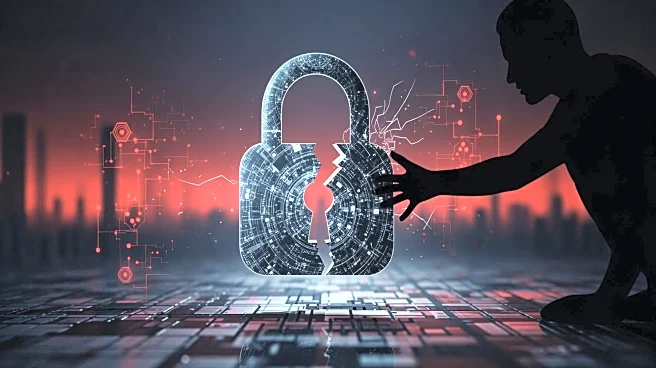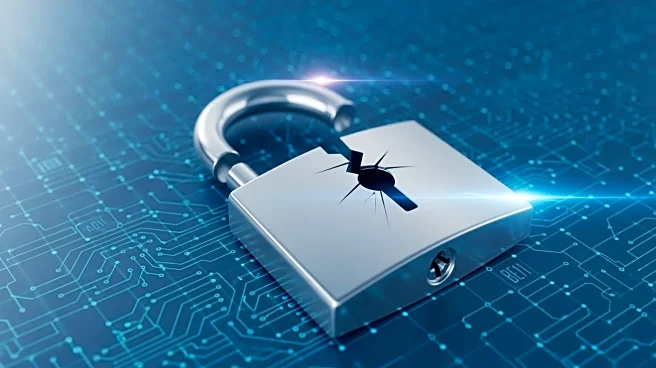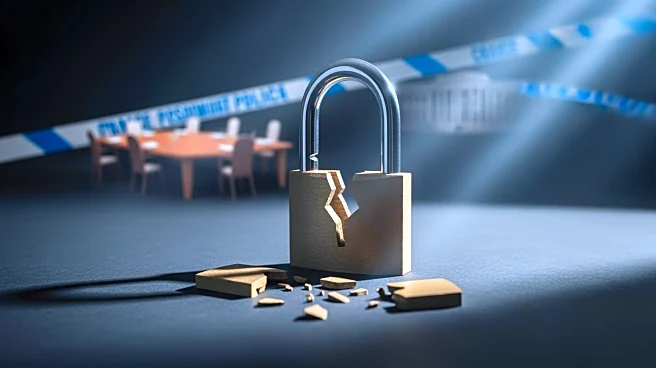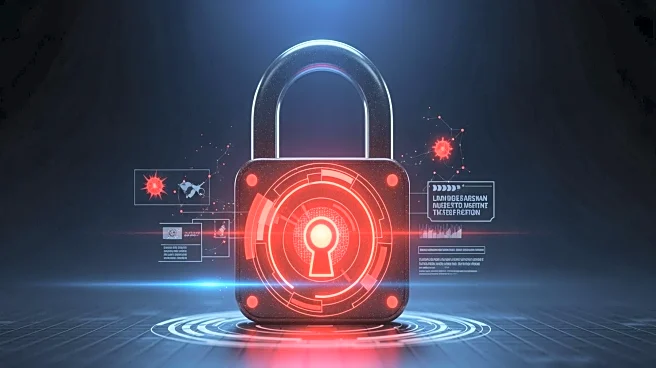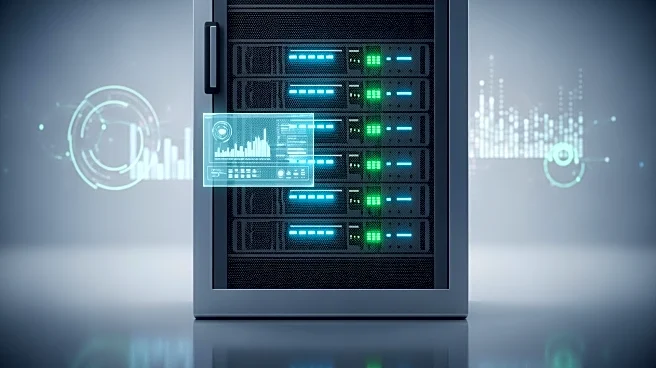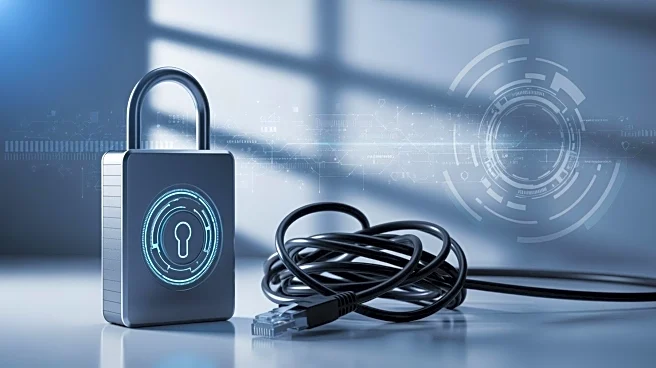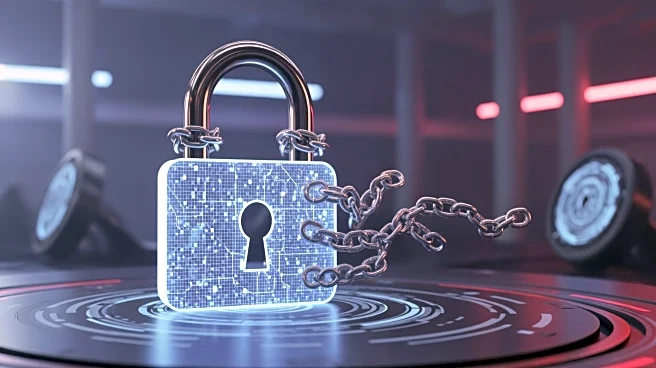What's Happening?
Svenska kraftnät, the Swedish state-owned power grid operator, has confirmed a cyberattack resulting in a data breach. The incident was discovered on a Saturday and involved an isolated, external file transfer solution, leaving the power grid itself unaffected.
The Chief Information Security Officer, Cem Göcören, stated that the company is working to understand the scope and impact of the breach, which has been reported to authorities. The Everest ransomware group, known for its double extortion tactics, has claimed responsibility for the attack, adding Svenska kraftnät to its Tor-based leak site. The group alleges it has stolen approximately 280 gigabytes of data and is threatening to release it unless their demands are met. The specific type of data exfiltrated remains unclear, but Svenska kraftnät has promised to provide more details as the investigation progresses.
Why It's Important?
This cyberattack highlights the ongoing vulnerability of critical infrastructure to ransomware groups. While the power grid was not directly affected, the breach underscores the potential risks to national security and the economy if such systems were compromised. The incident also reflects the growing trend of ransomware groups focusing on data exfiltration and extortion, posing significant challenges for cybersecurity defenses. Organizations managing critical infrastructure must enhance their cybersecurity measures to prevent similar breaches. The attack on Svenska kraftnät could prompt other utilities and infrastructure operators to reassess their security protocols, potentially leading to increased investment in cybersecurity solutions.
What's Next?
As Svenska kraftnät continues its investigation, it is expected to collaborate with cybersecurity experts and law enforcement to mitigate the breach's impact and prevent future incidents. The company may also need to negotiate with the Everest group to prevent the release of sensitive data. This situation could lead to increased regulatory scrutiny and pressure on infrastructure operators to bolster their cybersecurity frameworks. Additionally, the incident may influence policy discussions on national and international levels regarding the protection of critical infrastructure from cyber threats.
